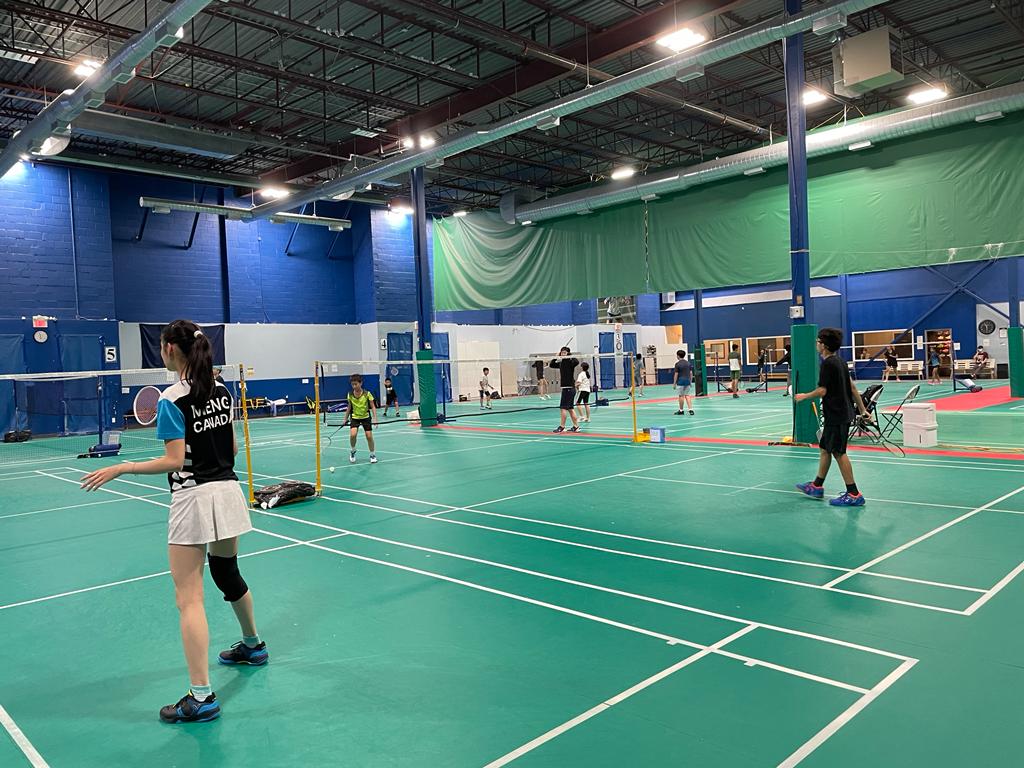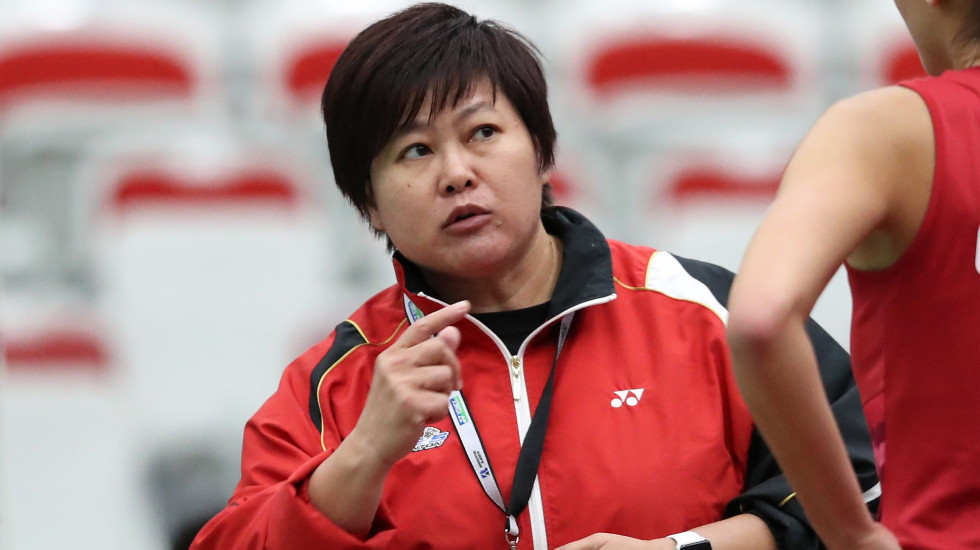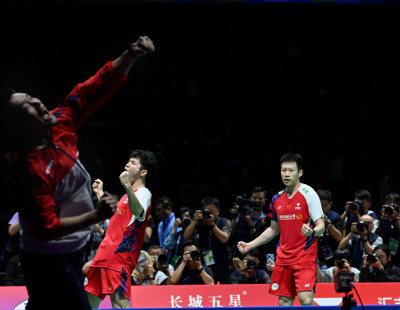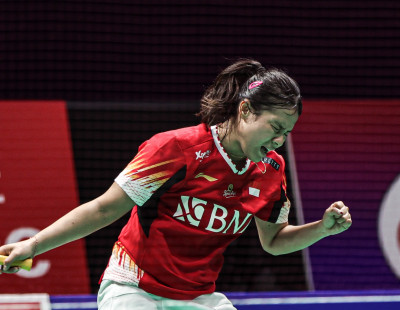Canadian coach Jennifer Lee talks to Dev Sukumar about the rapid pace of badminton evolution in Canada, which was catalysed by the BWF World Junior Championships in Markham in 2018.
The BWF World Junior Championships in Markham made a lot of difference to Canadian badminton. Participating in the event and seeing what can be achieved gave the junior players and their parents a direct sight into possibilities. It changed from having a couple of players who might want to continue the professional path of badminton to an up-and-coming generation of young athletes pursuing that path.
The World Juniors inspired a couple of players to turn professional, while continuing to study in university, like Talia (Ng) and Wendy (Zheng). Rachel (Chan) hadn’t even qualified for the World Juniors in 2018 but wanted to go the professional path full time. The trend was that they all wanted to become professional players.

Talia Ng was among the participants at the World Juniors in Markham 2018.
In the past, good junior players would stop their badminton passion entirely once they finished high school. Not seeing the path and budget constraints have been the main reasons. The BWF World Junior Championships seemed to be the catalyst for change.
Warehouse Badminton – Where it All Started…
The term warehouse badminton has attracted healthy debates over the years. I see this “warehouse” term as a good description of the development of badminton in the past 30 years. I started my club in a warehouse 27 years ago. It was earlier used as a dance school, spread over 3600 square feet and could fit three courts. Financial institutions at that time weren’t willing to finance this business because they could not see the potential.
It started with a few players, word of mouth, attracting another group of players. The business started getting better and better. After eight years, another businessman saw the potential and opened a club at a warehouse. Now there’s a club coming up with 13 courts.

Jennifer Lee’s badminton club started in a warehouse.
Rise of Clubs
The BWF Junior World Championships not only inspired junior players, it also struck a chord in adults. There have been more and more adults who want to take badminton lessons, creating good business for badminton clubs.
With lingering Covid challenges, high school gyms are no longer open for recreational players to rent, therefore increasing the business of clubs which are mainly in the court rental business. There are new clubs opening on a regular basis and there are more than 20 such clubs in Toronto.
Interesting Model
There are badminton clubs running after-school programmes. They have vans to pick up the kids from school to the badminton centre; they give them snacks and get them to do homework, and they play badminton two or three times a week. This is a very successful business if you are willing to extend your scope of business to childcare instead of pure badminton coaching. The positive is that it gets a lot of kids to start badminton early and plant the seed of possibilities.
With the exposure to BWF events, with better business in badminton clubs and with the introduction of the next gen model under Badminton Canada, lots of changes are happening.

Wendy Zhang, rising Canadian prospect.
We saw that parents were more willing to support players, some clubs started sponsoring travel and expenses for their players, Badminton Canada have been subsidising expenses in team events. These developments made it way more viable for players to pursue the professional badminton dream.
Badminton clubs are also looking at hiring better coaches to come to Canada to help their players. The whole badminton industry has become more sophisticated and professional. And it all started with a badminton club in a warehouse!
These successes do not come without challenges. Competition is fierce among badminton clubs. They compete for coaches and players. How do we strike the balance of coaching and business, how do we keep competitions healthy, how do badminton clubs join forces for the greater good of badminton in Canada — these will be interesting questions for the badminton industry in the years to come.






























